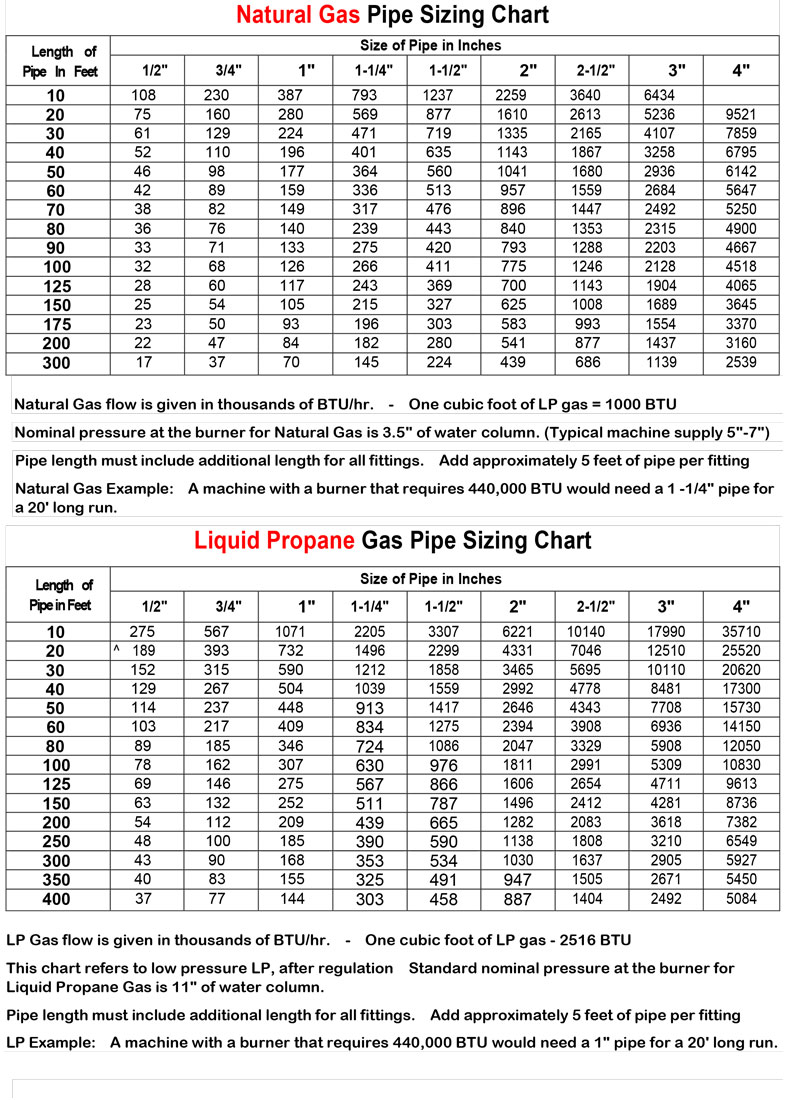Bob Cable
New Member
Hi All,
I am looking at installing a Rinnai tankless water heater in my house, but I'm not sure about what size of heater I should buy. I would like to get the RU180in model (natural gas), as the bigger RU199in may be larger than what I need. But I'm not sure if my gas line supports the RU180in. Can you help me with some advise?
Here is what I have now.
So my question is:
Thanks
Bob
I am looking at installing a Rinnai tankless water heater in my house, but I'm not sure about what size of heater I should buy. I would like to get the RU180in model (natural gas), as the bigger RU199in may be larger than what I need. But I'm not sure if my gas line supports the RU180in. Can you help me with some advise?
Here is what I have now.
1) The old tank style heater is a 40 gallon water heater that I would like to replace, with the Rinnai. The 40 gallon is rated at 40,000 BTU, and the Rinnai RU180in I am looking at is rated at 180,000 BTU.
2) The gas meter has a 3/4" gas main feeding into the meter. The meter then feeds to two dedicated 3/4" gas branches that go into the house. One of the 3/4" gas branches only feeds to the central heater that is rated at 120,000 BTU. The second 3/4" gas branch goes to the Old water heater and the gas range.
3) On the 3/4" branch supplying the old water heater and the gas range, the 3/4" pipes run about 20 feet across the garage, and then it tee's off to about 3 feet of 1/2" before reaching the water heater. The 3/4" pipe then continues another 20' until it reaches the gas range at the end of the pipe. At the range, it is 3/4" direct to the range.
4) On the 3/4" branch feeding the central heater, it uses 3/4" pipe all the way until the end, before it switches to a short length of 1/2" pipe, and then the heater.
5) I believe my gas pressure, after the meter, is 7 C.U. in both of the 3/4" branches.
2) The gas meter has a 3/4" gas main feeding into the meter. The meter then feeds to two dedicated 3/4" gas branches that go into the house. One of the 3/4" gas branches only feeds to the central heater that is rated at 120,000 BTU. The second 3/4" gas branch goes to the Old water heater and the gas range.
3) On the 3/4" branch supplying the old water heater and the gas range, the 3/4" pipes run about 20 feet across the garage, and then it tee's off to about 3 feet of 1/2" before reaching the water heater. The 3/4" pipe then continues another 20' until it reaches the gas range at the end of the pipe. At the range, it is 3/4" direct to the range.
4) On the 3/4" branch feeding the central heater, it uses 3/4" pipe all the way until the end, before it switches to a short length of 1/2" pipe, and then the heater.
5) I believe my gas pressure, after the meter, is 7 C.U. in both of the 3/4" branches.
So my question is:
- Can I just move the gas supply line from the Old water heater tank to a new Rinnai Tankless heater that uses 180,000 BTU? Or do I need to remove that short length of 1/2" pipe first, and go from the Tee to the Tankless heater with 3/4" pipe only? There is only the cooking range at the end of the 3/4" branch about 20 feet away.
- The Old heater tank vents out straight up through an Oval Type-B vent pipe, that is 6" wide x 2" deep. I want to exhaust the New Tankless heater through the existing Oval Type-B vent pipe to the roof. But the 2" deep oval pipe will not fit a 2" PVC pipe for Tankless exhaust. So can I run 2" PVC up to the Oval Type-B pipe, then go through a Wye to TWO 1 1/2" PVC pipes that will fit Inside the Oval Type-B vent pipe? I calculate that TWO pipes of 1 1/2" PVC will carry more volume than just 1 single 2" PVC pipe, so the exhaust capacity is actually large with Dual 1 1/2" PVC.
Thanks
Bob

